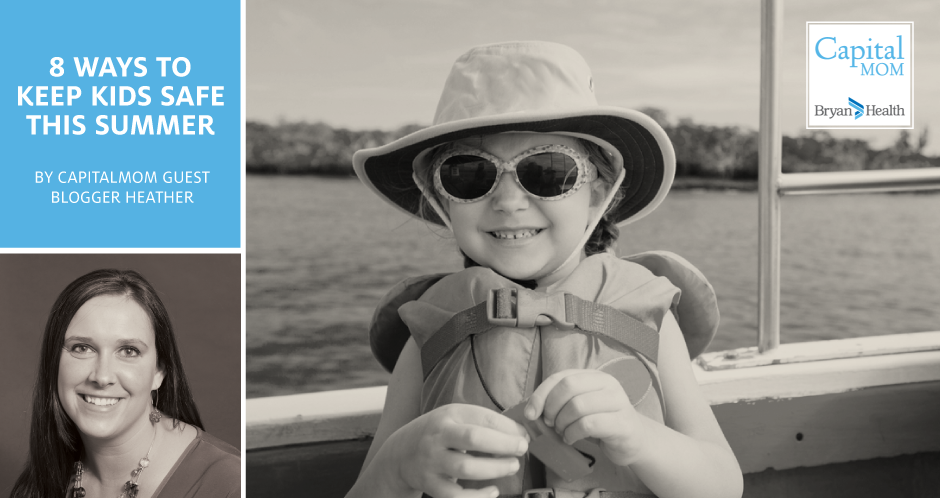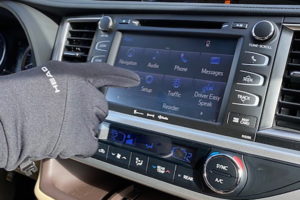1. Prevent Recreational Water Illness
Recreational Water Illnesses are illnesses that are caused by germs and chemicals found in the water we swim in. Contrary to popular belief, chlorine does not kill all germs instantly.
- Take young children on bathroom breaks every 60 minutes or check diapers every 30-60 minutes
- Tell children not to swallow the water they swim in
2. Prevent Drowning
Drowning is responsible for more deaths among children ages one to four than any other cause except birth defects. Two to three children die every day as a result of drowning.
- Always supervise children when in or around water
- Learn cardiopulmonary resuscitation (CPR). Your CPR skills could save someone’s life
3. Ensure Boating Safety
Recreational boating can be a wonderful way to spend time with family and friends. In 2009, more than 73 percent of people who died in boating accidents were due to drowning. More than 90 percent of those people that drowned were not wearing a life jacket.
- Wear a life jacket every time you and your loved ones are on the water
- Properly fitted life jackets can prevent drowning and should be worn at all times by everyone on any boat
4. Beat the Heat
People suffer heat-related illness when the body’s temperature control system is overloaded. Those with the greatest risk for heat-related illness include infants and children up to four years of age.
- Schedule outdoor activities in the morning and evening hours
- Dress in loose, lightweight, light-colored clothing
5. Avoid Sunburn
Just a few serious sunburns can increase your and your child’s risk of skin cancer later in life. Kids’ skin needs protection from the sun’s harmful ultraviolet (UV) rays whenever they’re outdoors.
- Cover up, clothing that covers your and your child’s skin helps protect against UV rays
- Use sunscreen with at least SPF (sun protection factor) 15 and UVA (ultraviolet A) and UVB (ultraviolet B) protection every time you and your child go outside
6. Play Smart
Each year in the United States, emergency departments treat more than 200,000 children ages 14 and younger for playground-related injuries. Falls at home and on the playground are a common cause of injury.
- Supervise young children at all times around fall hazards, such as stairs and playground equipment, whether you’re at home or out to play
- Check to make sure that the surfaces under playground equipment are safe, soft and well-maintained
7. Create a healthy home
Injuries at home and at play can be prevented. Practice safety tips to make it a great summer in your home.
- Stay smart around the house by following tips on fire prevention, microwave use and living with pets
- At a very young age, children develop the habits and behaviors that will influence their lifelong health. Learn healthy home tips for each room in the house
8. Feet first, first time
- Always enter the water feet first, the first time to check for any obstructions and the water’s depth
- Use feet first, first time, as a method to prevent potential spinal cord injuries and paralysis that can occur while diving into water that it too shallow or contains obstruction.

Heather Talbott, MSN, RN
Health Expert
Heather Talbott, MSN, RN, is the Trauma Outreach and Injury Prevention Coordinator with Bryan Trauma Center.









